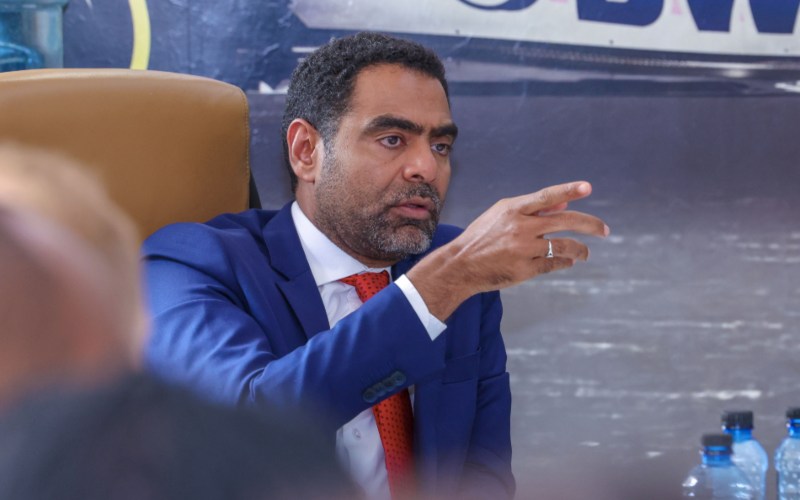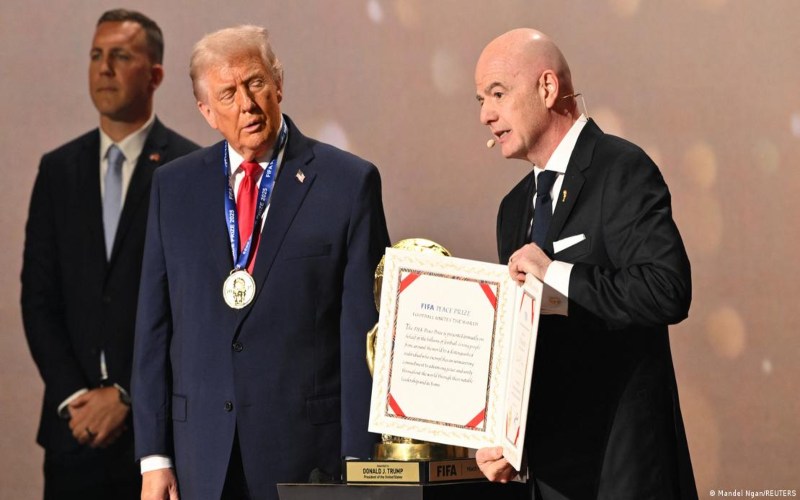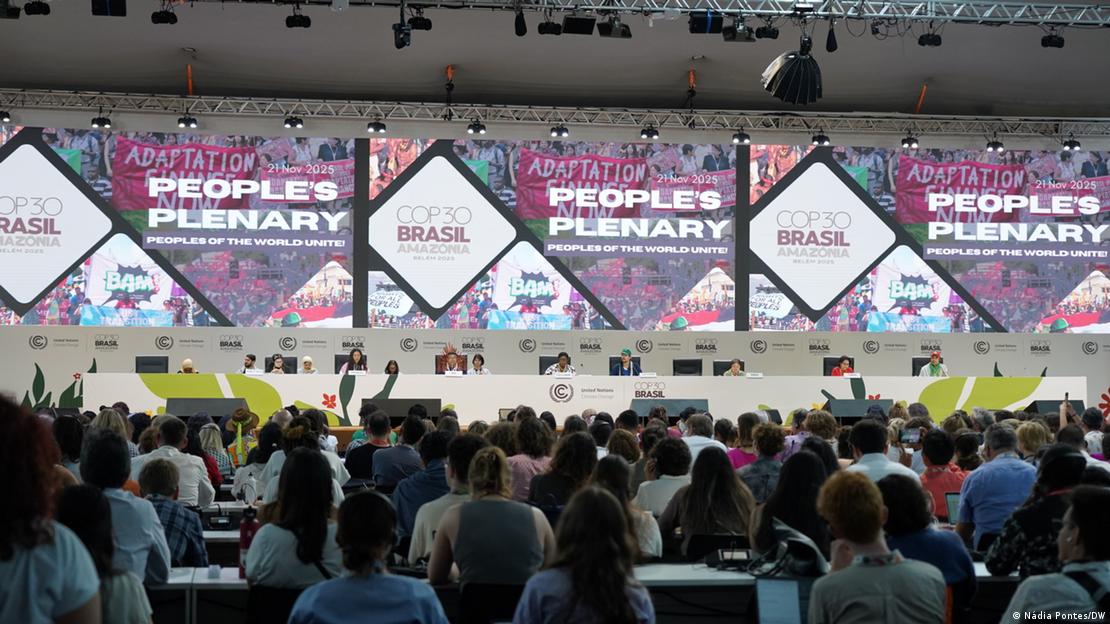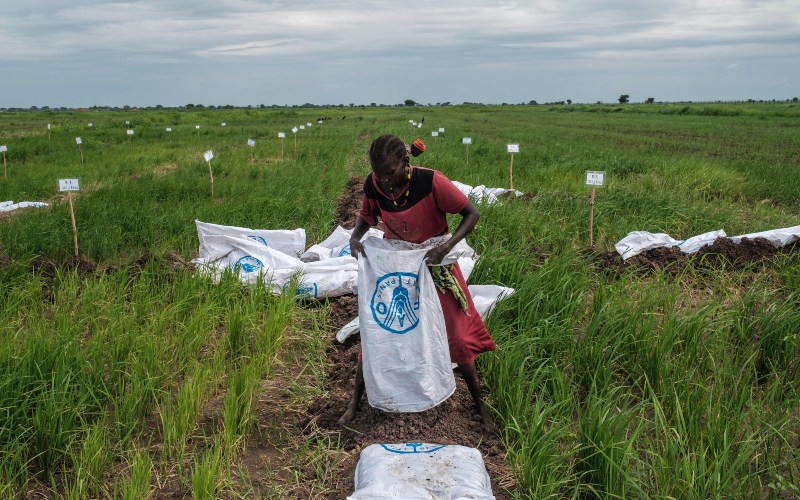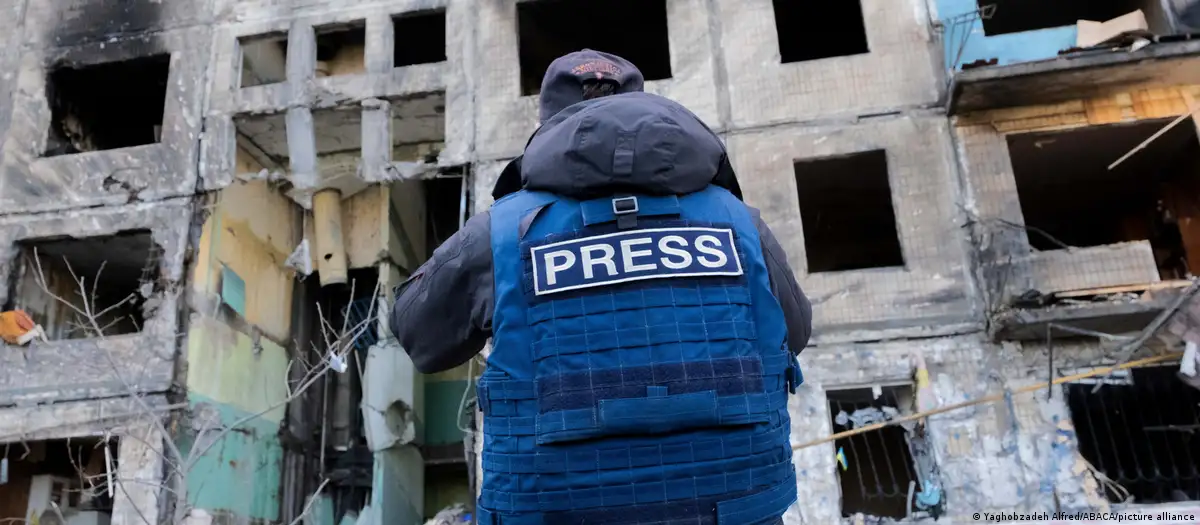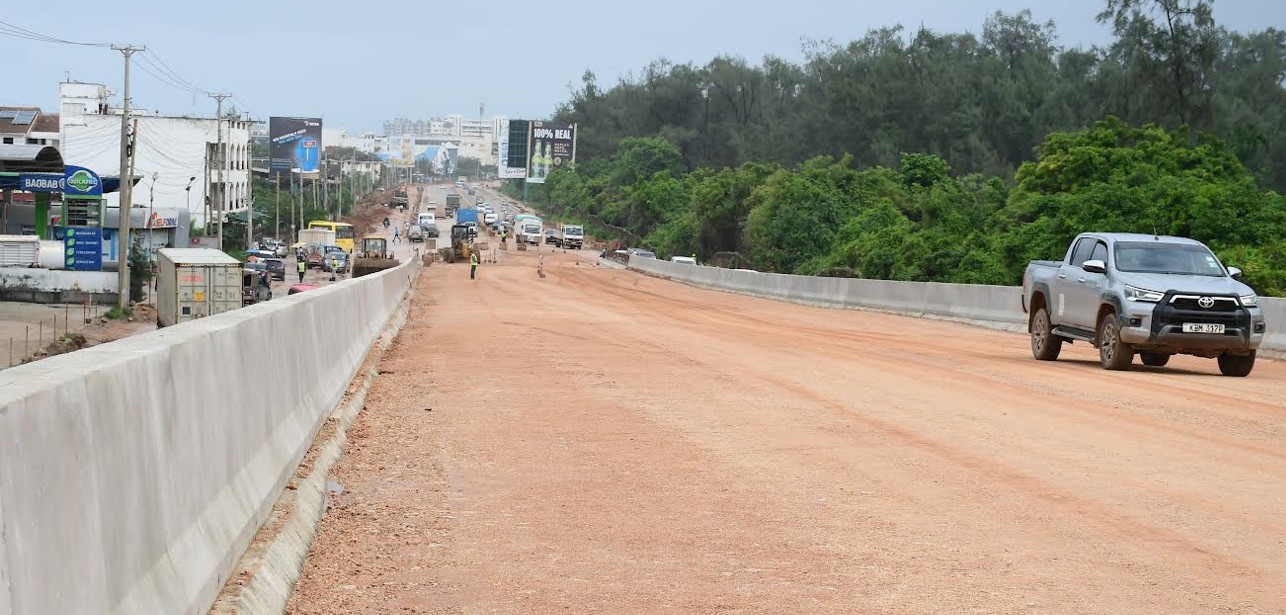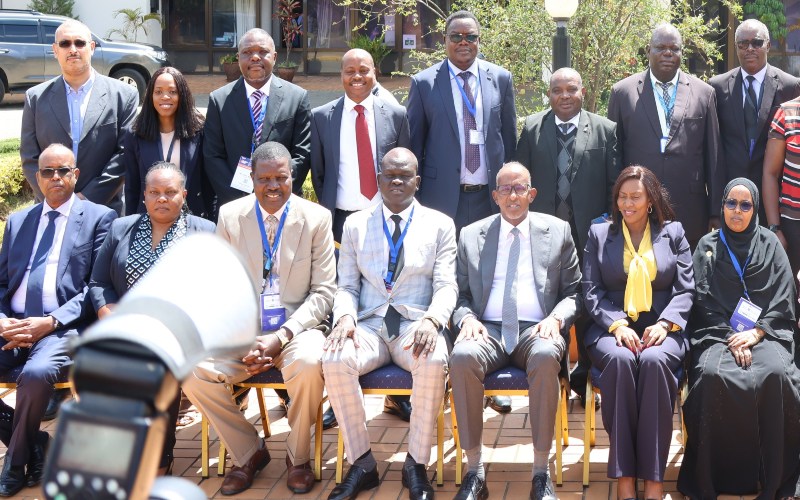LAPSSET countries renew commitment to completing transport corridor projects
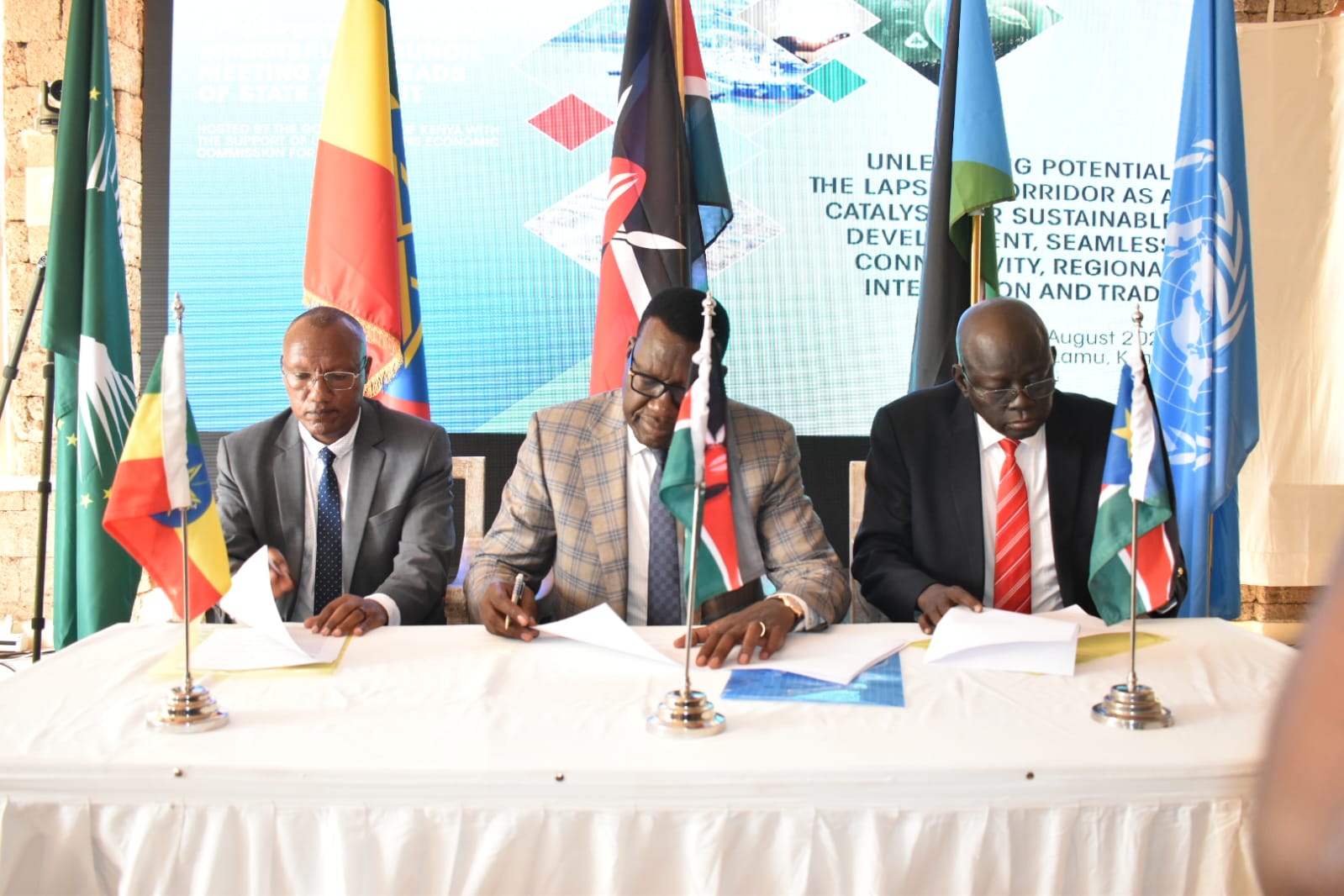
Lamu Port has constructed the first four berths, but it needs connecting roads in Ethiopia and from the port itself to remain operational.
Top officials from the nations that will benefit from the Lamu Port South Sudan Ethiopia Transport (LAPSSET) Corridor have given further guarantees that projects will be finished in time to stimulate regional economic growth.
This week, key government officials at the ministerial level from the countries behind the LAPPSET Corridor renewed their commitment to completing projects in their respective countries to secure the trade route's viability.
More To Read
- Experts urge government to embed health in Northern Corridor infrastructure planning
- Senate summons CS Chirchir over 13-year road functions deadlock
- Kenya to raise Sh390 billion bond for Naivasha–Malaba SGR extension
- CS Chirchir grilled over Sh10.52 billion fuel levy funds delay, new securitisation plan
- MPs push back against Sh10 million road fund cut per constituency
- Garissa landowners invited to public hearing over LAPSSET Corridor acquisition
Kenya, Ethiopia, and South Sudan have all stated that they want to establish a regional coordinating mechanism to ensure that project execution proceeds as planned.
Key government leaders from several nations addressed this week at the 4th LAPSSET Ministerial Council Meeting in Lamu, Kenya.
Davis Chirchir, Cabinet Secretary for Roads and Transport in Kenya, Ethiopia's Transport and Logistics Minister Dr Alemu Sime, and South Sudan's Madut Biar Yel represented their respective countries.
Following the meeting, the council unanimously agreed to create a 10-year shared corridor strategy plan to assist attract money both locally and internationally to promote coordinated development. LAPSSET, introduced in 2011, aimed to connect the three countries with infrastructure like a port in Lamu, roadways, railways, and airports, costing $25 billion.
Despite this, political changes, conflicts, and economic downturns have combined to stall, if not halt, the majority of projects.
Lamu Port has constructed the first four berths, but it needs connecting roads in Ethiopia and from the port itself to remain operational.
The routes originally planned for LAPSSET also pass through dry regions where insecurity is widespread, necessitating a bigger government presence to ensure safety.
In Lamu, the three countries issued a communiqué establishing Lapsset as an integration project. "We have revitalised and prioritised the integrated development and management of the cross-border components of the Lapsset corridor particularly the standard gauge railway, road networks, fibre optic connectivity and associated commercial, industrial and logistics hubs," according to a joint statement.
LAPSSET is now stuck in the starting blocks because of a lack of funds and increased insecurity, with Kenya only commissioning the $ 354 million first phase of the Lamu port on May 20, 2021, at a ceremony attended by then-President Uhuru Kenyatta.
Ethiopia has been primarily using the ports of Djibouti and Mombasa. However, Lamu Port is regarded as an alternative route, making it economically viable for Kenya.
Kenya, its landlocked neighbours Ethiopia, and South Sudan have previously committed to raising funding to create infrastructure integrating their economies along the Lapsset Corridor, but little has materialised as each country has chosen to fund its initiatives.
President William Ruto's administration and previous governments have spent billions of shillings on road building and other infrastructure, with only three Lamu port berths finished.
According to Stephen Karingi, a director of the United Nations Economic Commission for Africa (ECA), making the project a regional goal will make it easier to create infrastructure.
"The three partner states should prioritise the closing of missing infrastructure links in the LAPSSET corridor which include upgrading these substandard road sections that do not meet the standards of the Trans-African Highways," he stated at Lamu.
Top Stories Today
